The Fundamentals of Deep Dish Pizza Dough w/ Butter
I've been in the restaurant industry for well over a decade. I tend to like working in Italian restaurants and have thus made my fair share of pizza dough! The funny thing is that, whenever other people hear about that, they tend to ask me about my pizza dough recipe. Other than the fact that it isn't always the classiest of moves to share proprietary information, it also wouldn't be helpful to give the average person a pizza dough recipe that requires 50 pounds of flour! Deep dish pizza dough is also an entirely different ball game to making pizza in just about anywhere outside of Chicago.
Despite the dilemma with industrial-sized pizza recipes not scaling, I also don't tend to make much deep dish pizza professionally. Thick crust pizza can be hobbled together by squishing two thin crust doughs together. This is why sometimes thick crusts have a tendency to separate. If there's a seam running through them? It's because two dough balls were squished together to make one larger one. When they're not adequately squished together, the two doughs can separate while cooking and you'll end up with them coming apart.
All of this really goes to say that I don't have a go-to pizza recipe! Although this Chicago-Style Deep Dish Pizza recipe by King Arthur Baking is rapidly becoming one of my favorites. It's simple to toss together and has a nice buttery flakiness to it. I tend to make more casserole-type pizza in the winter months when hearty food gets me through the blistering weather. Although deep dish pizzas are great with fresh summer produce as well!
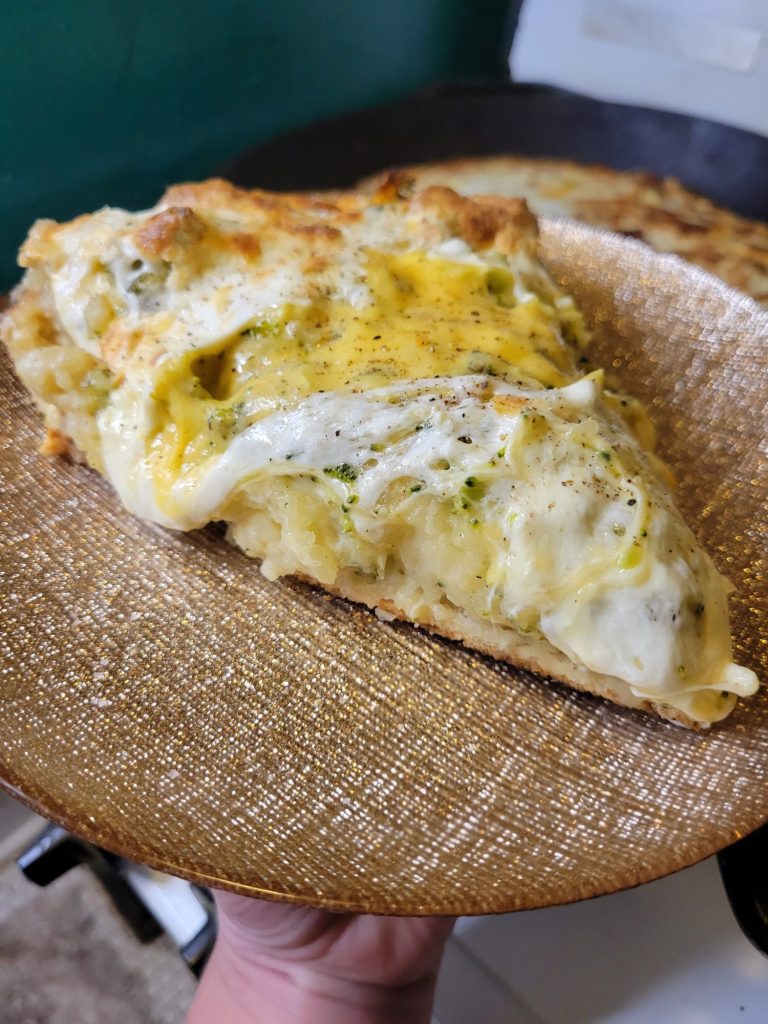
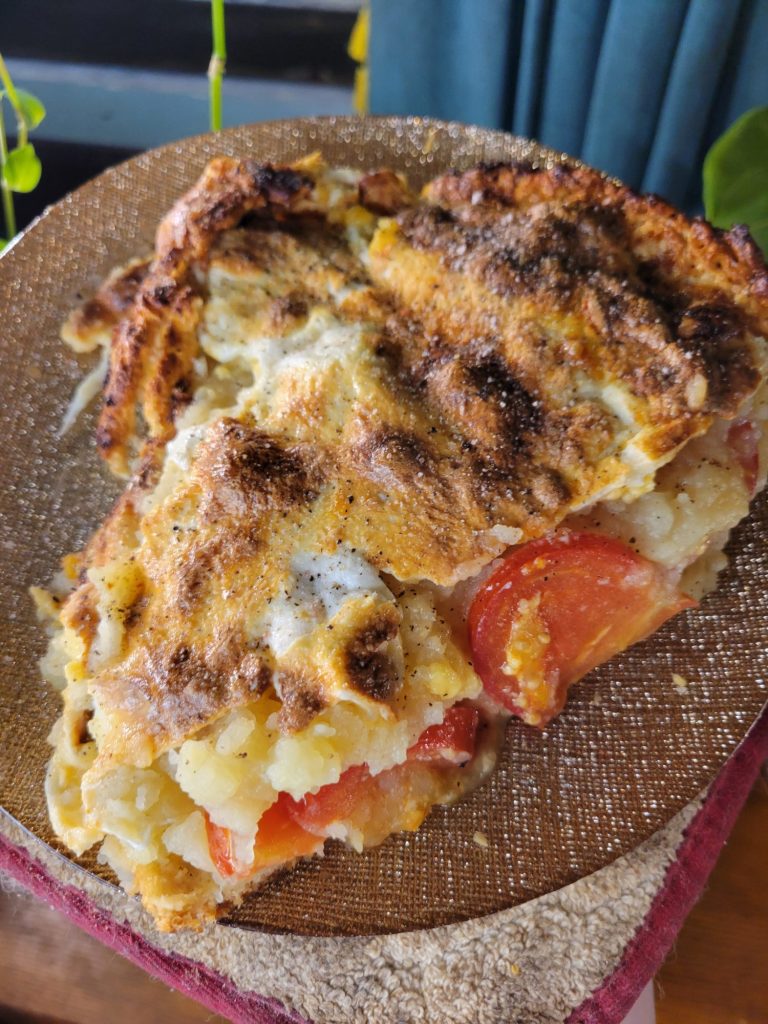
Is Pizza Dough Simple to Make at Home?
Pizza dough is one of the simplest doughs to make. A lot of home cooks and professional chefs alike are daunted by bread. Baking can be incredibly finicky. It requires precisely weighing out ingredients. Relies heavily on ratios between fats, liquids, and dry ingredients. And is so incredibly easy to screw up that a lot of people get discouraged pretty quickly.
As many of us found out during the bread explosion over the last couple of years, baking can be incredibly fun and incredibly frustrating. The good thing about pizza dough is that it's not bread. Pizza is one of the simplest doughs to make. Just about anything and everything can go wrong and it will still turn out. Too much water? Just add more flour. Too much flour? Just mix in more water. Underproofed? It'll be a little bit chewy, but still make pizza. Overproofed? It'll be a little bit yeasty, but still make pizza.
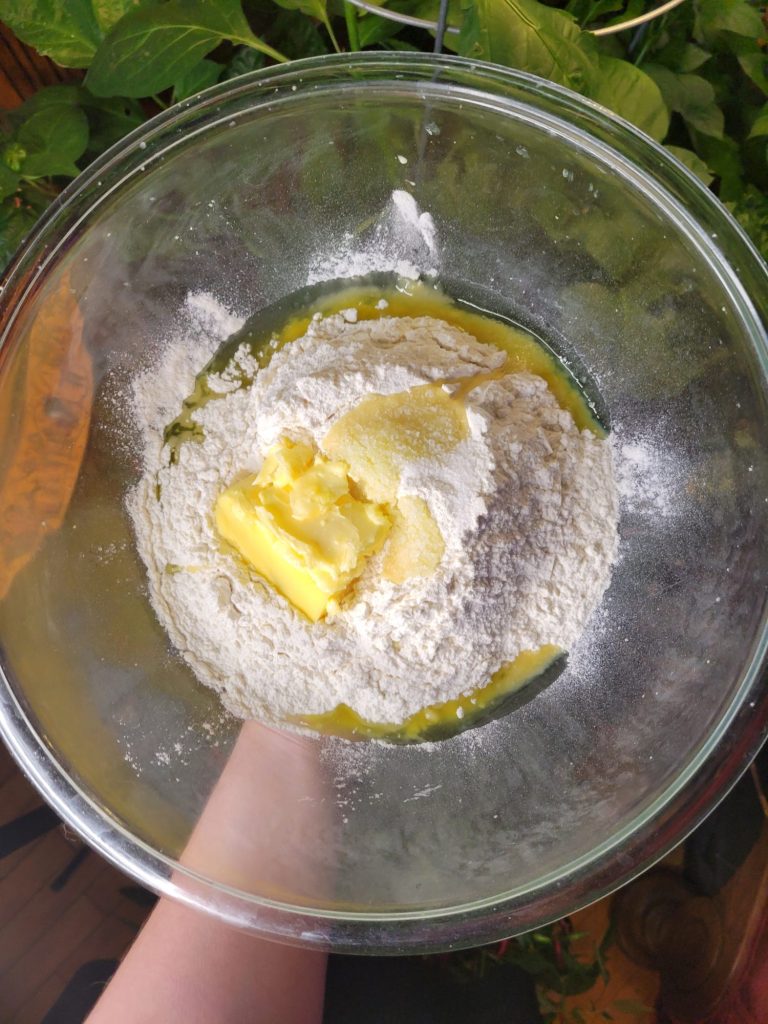

How Long Does It Take to Proof Pizza Dough?
There are two options when it comes to proofing dough. You can do a quick rise over 6 hours or do a long proof in the refrigerator. There are pros and cons to both. The quick rise is obviously faster and requires much less forethought. It can be tossed together in a day. While the slow rise calls for much more planning. Although it's arguably an easier process because it requires less consideration of whether the dough is adequately proofed. You don't have to worry about it over proofing in too warm an area. And it has a more robust flavor profile.
Slow Rise- 2 Days


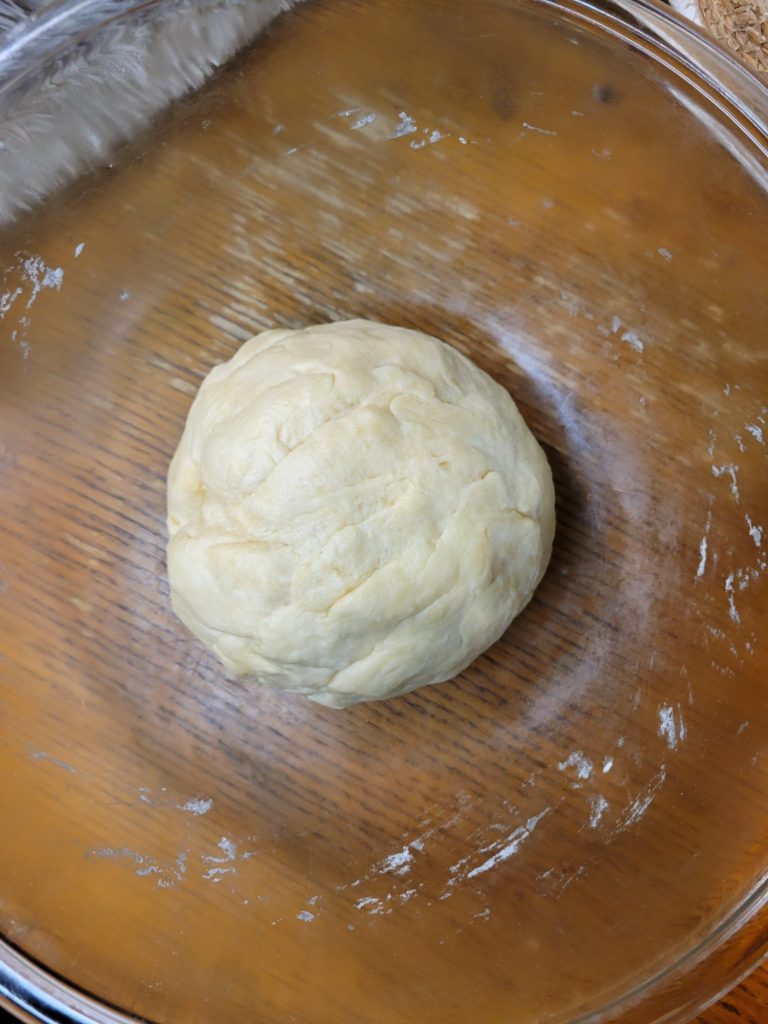
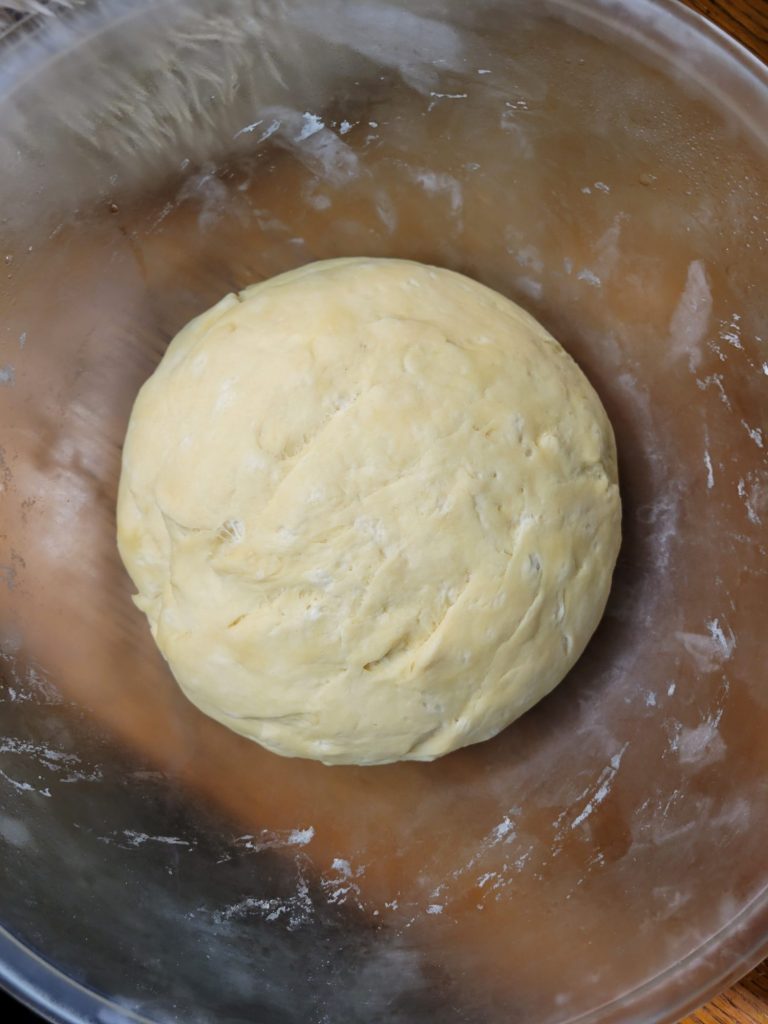

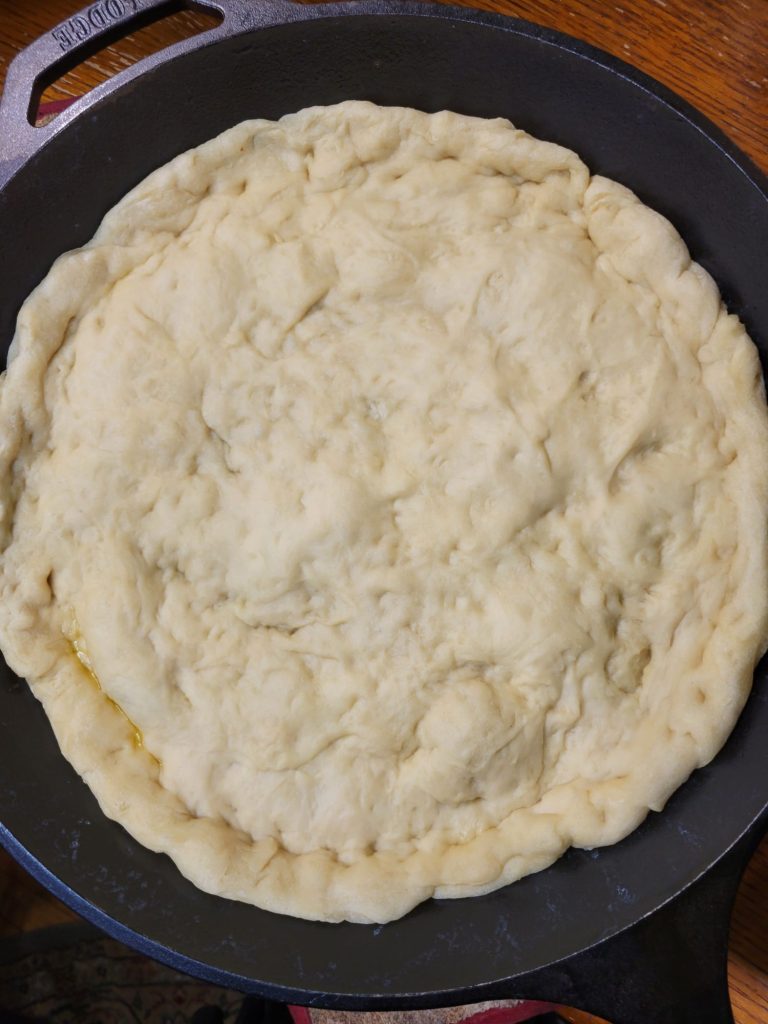
If I have the time and forethought to know that I'm going to want to make pizza in a couple of days? The slow rise in the refrigerator is the optimal way to go. Just mix the dough and tuck it into the back of the fridge. You can do this between 1 and 3 days ahead of time. The dough is optimal at 2 days, but there is some leeway here.
The only thing that you really have to worry about with the slow method is not to forget that it's there! If the dough starts to get little black spots, it's overproofed. Those little specks are the yeast as it begins to die. The dough is still fine to work with. It just won't rise as well after this point. If you let it sit too long, the dough may not rise at all. Although this will give it more of cracker crust taste. Some people intentionally do this with pretzel-like breadsticks. I wouldn't necessarily recommend it for deep dish pizza dough. But it will still make pizza if you proof it too long!
Quick Rise- 6 Hours

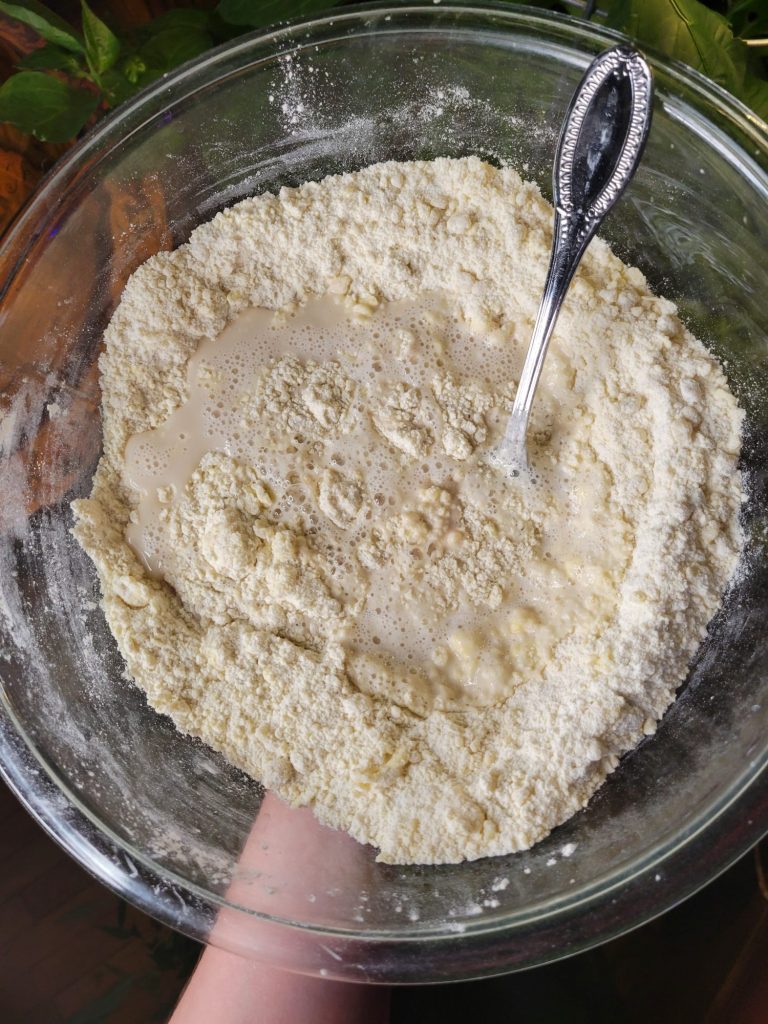
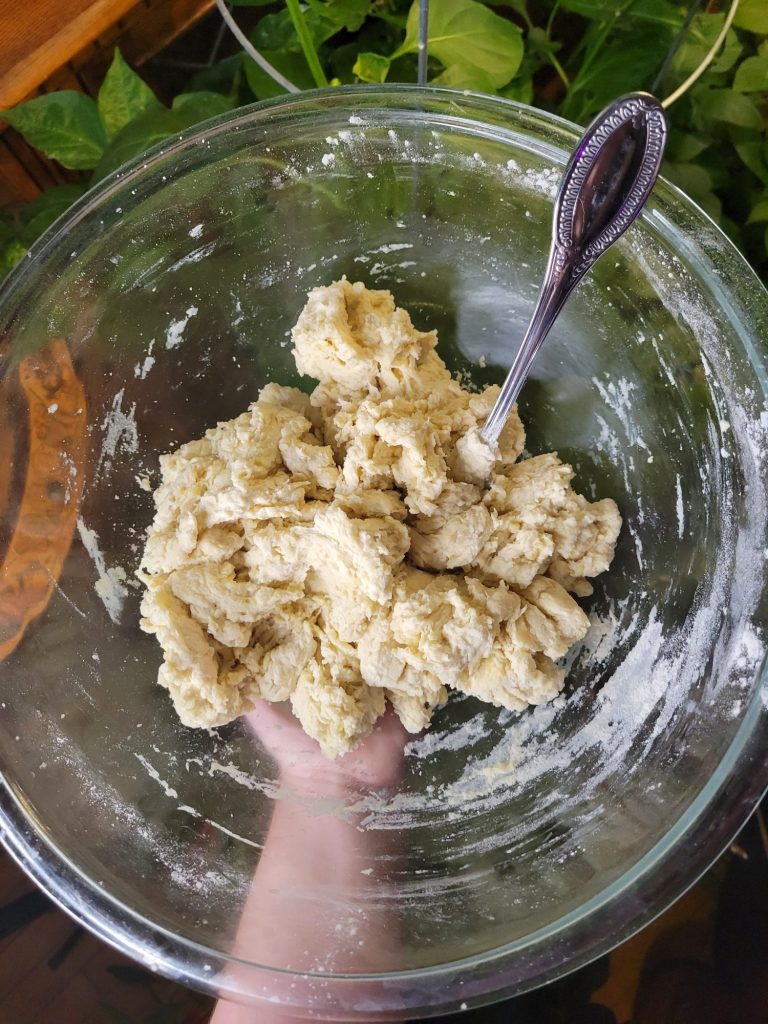

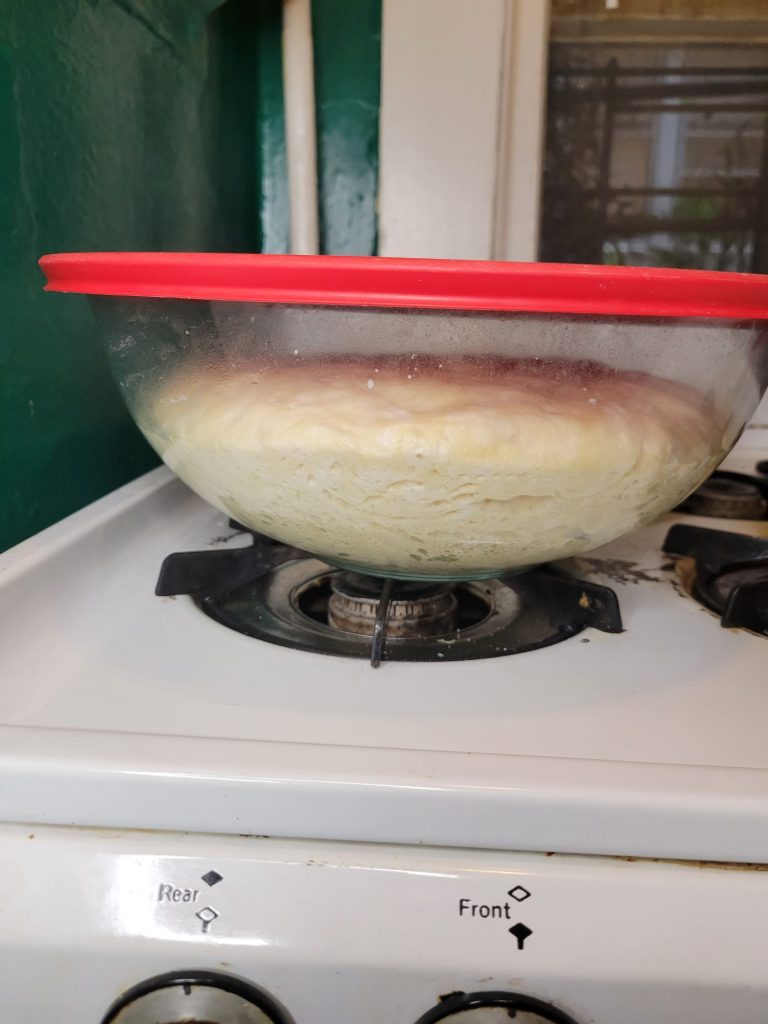
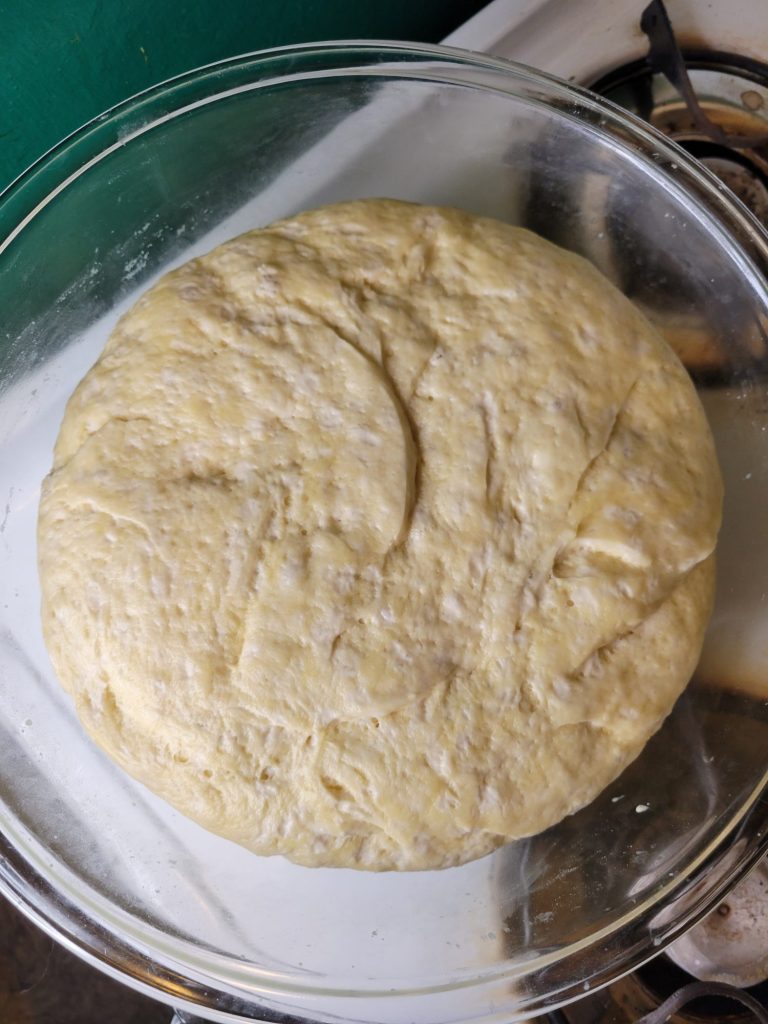
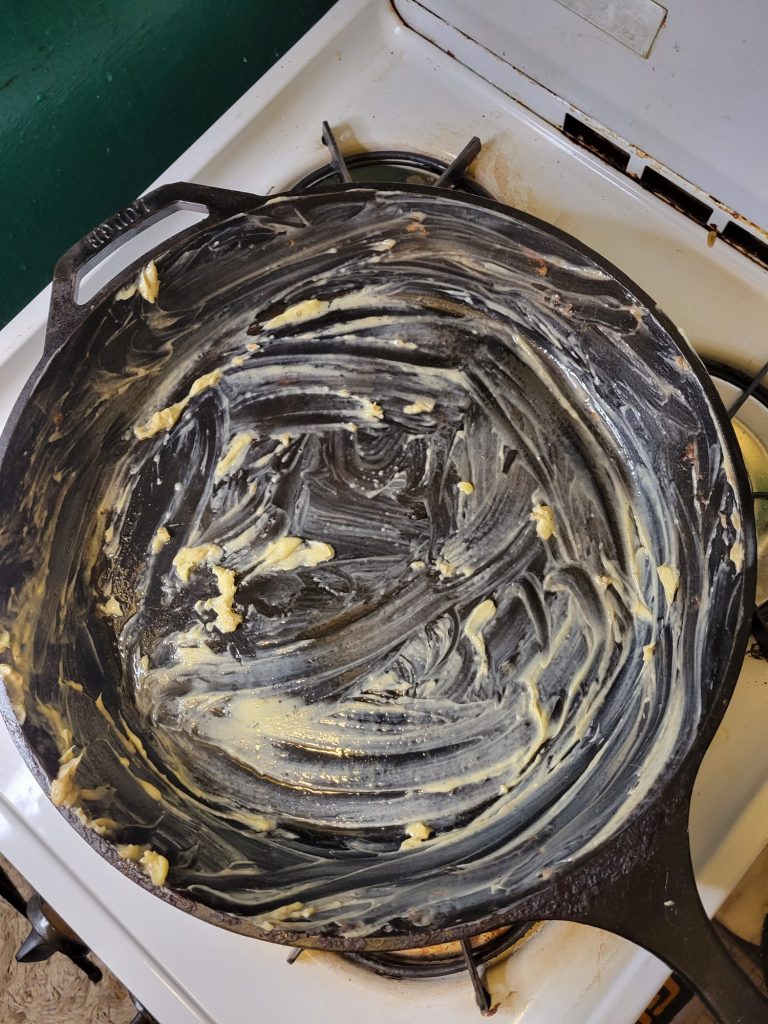
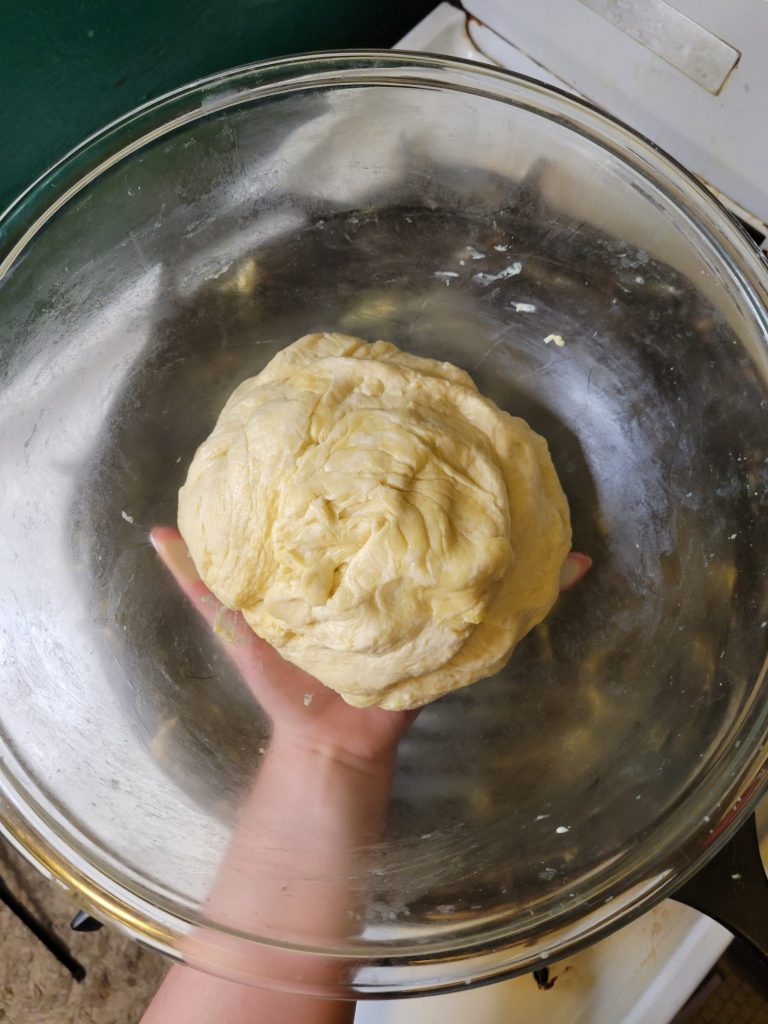
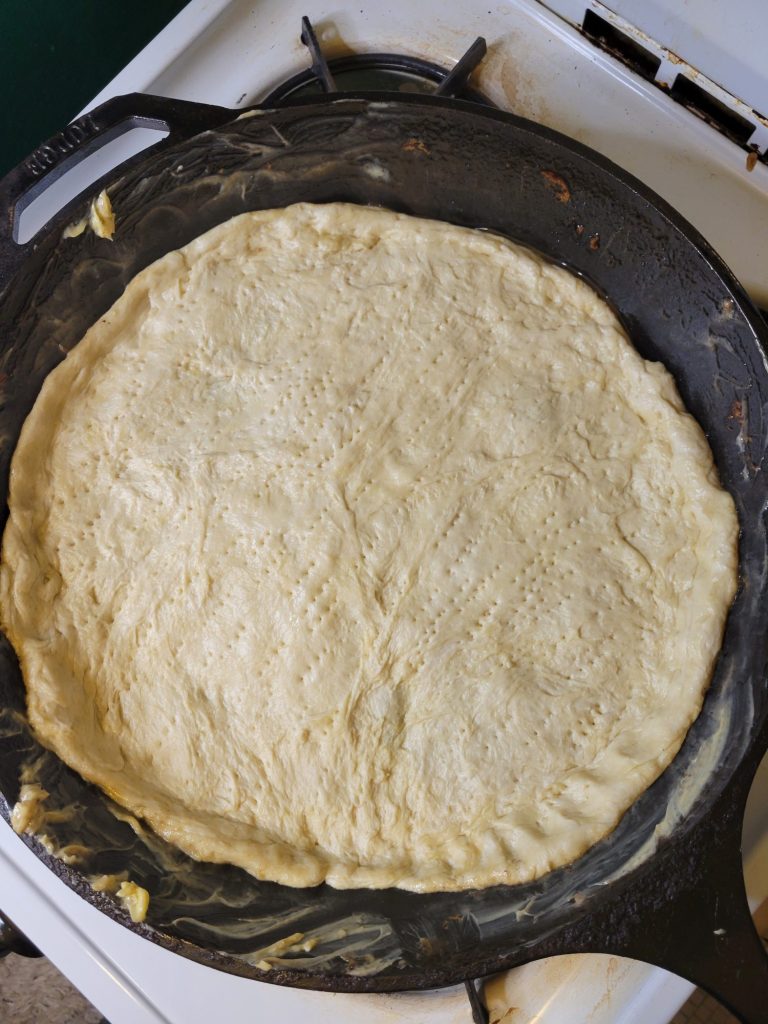
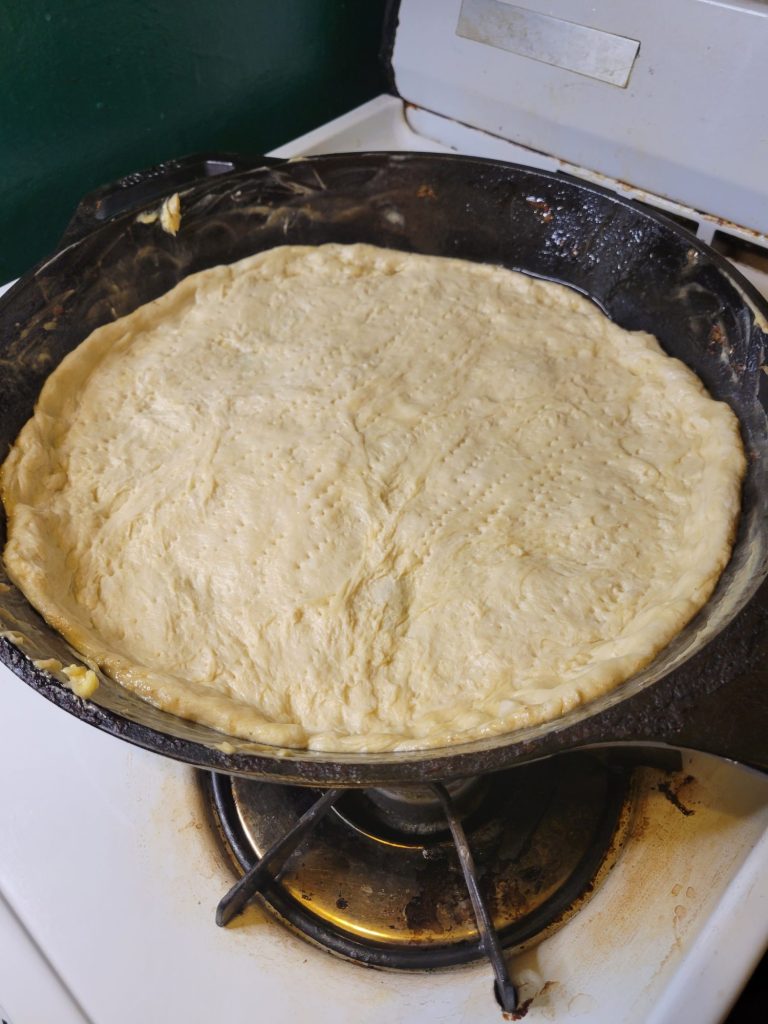
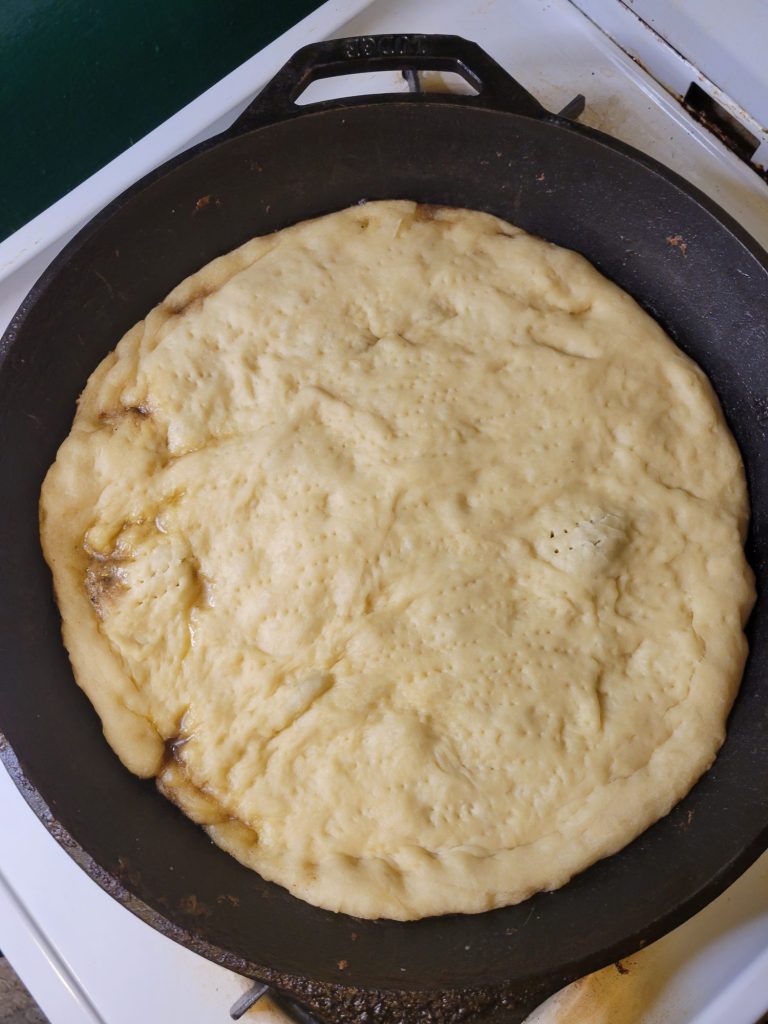

If you have the time and the energy, the slower proof method has a more robust flavor and holds its shape better. Although the quick method is also delicious! It doesn't quite look as pretty and it has more of a bread-like consistency and has a little bit less yeast-forward flavor profile. It requires significantly less forethought, though, and is equally as impressive. I do it all the time when I more spontaneously make pizza.
The most important thing when making a quick-rise pizza dough is watching the temperature and time of the rise. The dough needs heat to rise this quickly. I tend to leave mine on top of the stove (I have a gas burner that always stays warm, but not hot). It also works to keep the dough near a heater or in a warm windowsill.
Ideally, the dough needs to double in size. You're essentially looking for the point in between the dough continuing to rise and deflating. If it over proofs, the gluten will reach the maximum amount that it can expand and the dough will start to collapse in on itself. This will still make pizza dough. Although you ideally want to catch it around the point where the dough doubles in size. If it's particularly warm out, this can take less than 6 hours. If it's particularly cold out, this might take more than 6 hours. Moving the dough to a warmer place is helpful.
What to Make w/ Deep Dish Pizza Dough
I don't always make deep dish pizza dough. When I do, though, I tend to default to this recipe. Once you find something that works for you, it becomes much simpler to continue to replicate. Every now and then I do mix it up, though. It's amazing how simple it is to make pizza dough. Unlike bread and a lot of other dough recipes, pizza is incredibly forgiving. Even overproofed, underproofed, barely hobbled together pizza is still delicious!

The Fundamentals of Deep Dish Pizza Dough w/ Butter
Equipment
- 1 Small Bowl
- 1 Large Bowl
- Oven
- Cast Iron Pan
Ingredients
- 255 g. warm water ~100°F (1 c. + 2 tbsp.)
- 10 g. instant yeast (2¾ tsp. or slightly more than 1 package)
- 480 g. all-purpose flour (4 c. + 3 tbsp.)
- 11 g. salt (1¾ tsp.)
- 50 g. olive oil (1/4 c.)
- 57 g. butter (1/4 c. + more for greasing the pan)
Instructions
Proof Dough
- Combine warm water and yeast. Let rest for 15 minutes, or until the yeast begins to bubble.This recipe calls for 2¾ teaspoons of yeast. A typical package contains 2¼ teaspoons yeast. For pizza dough, this is perfectly fine! If you want, you can measure out the extra 1/2 teaspoon. Although pizza dough is a lot more forgiving than a lot of other doughs. A little extra here or there and you will absolutely still end up with pizza dough!
- Meanwhile, whisk together all of the other ingredients.
- After the yeast has proofed, stir yeast mixture into the flour. Mix until roughly incorporated and the dough has a shaggy appearance.In a mixer with a dough hook attachment, this only takes a minute or two. By hand, this takes about 5 minutes. It's a no-knead bread recipe, so you're not necessarily looking for soft and pliable dough. Really, you just want all of the ingredients to be mixed thoroughly at this point! Which does make it a great recipe to make by hand if you prefer or don't have a mixer.
- Lightly grease a large bowl and transfer the dough.
- Cover dough and let proof for 6 hours, or until doubled in size.A quick pizza dough proof can be done in about 6 hours. Ideally, the dough is made 2 days ahead of time and proofed in the refrigerator for that time. However, I almost never know that I'm going to make pizza 2 days ahead of time! And 6 hours is perfectly adequate.It will ferment less and you may want to sprinkle a little bit more salt in after the proof to add a little bit more flavor. Just make sure to do this after the proof because too much salt can dampen the grown or even kill the yeast.
Bake Crust
- Preheat the oven to 450 degrees Fahrenheit.
- Heavily grease a large cast iron pan or round baking dish.
- Spread the dough evenly across the pan.You can do this by whatever method works best for you. I tend to stretch the dough out to a round shape roughly the size of the pan (it can help to do this with a rolling pin), gently lay it into the pan, and then use my fingertips to gently press the dough, starting in the middle, outward to the edge of the pan.
- Let the dough rest for 10 minutes.
- Continue to stretch the dough into shape with the crust slightly up the side of the pan.
- Bake for 10 minutes.If you add all of the toppings before baking the crust, the ingredients on top will burn before the crust cooks in the center. That's why you need to pre-bake it slightly before adding the rest of the ingredients.
Cook Pizza
- Add the desired toppings and cook the pizza until it's heated throughout. This typically takes about 25-45 minutes, but may vary slightly depending on how crispy you want the crust and how wet the toppings are.Things with a high water count, like mushrooms and fresh mozzarella, may prolong the baking time. Things with a higher oil count, like pepperoni and parmesan, tend to fry slightly when cooked, tend to be crispier, and decrease the baking time.
Tips, Tricks, & Notes
- This recipe is intended to make 2 medium-sized pizzas. I have a particularly large cast iron pan, though. It barely fits in my oven and sits comfortably across all 4 of my burners. I do have quite a small oven. Although this 15-inch cast iron pan is a behemoth! You can easily cut the dough in half and make two separate pizzas, though. Especially because it gives you more opportunities to have fun with different toppings.
- I do recommend cast iron for deep dish pizzas. Because they hold onto so much heat, they really do crisp the crust up nicely and help heat it throughout for a more even bake. Although you can really use any large baking dish. I sometimes use a couple of different sized baking dishes depending on what kind of pans are still available or fit better tetrised into my oven.
This recipe is adapted from King Arthur Baking's Chicago-Style Deep Dish Pizza.
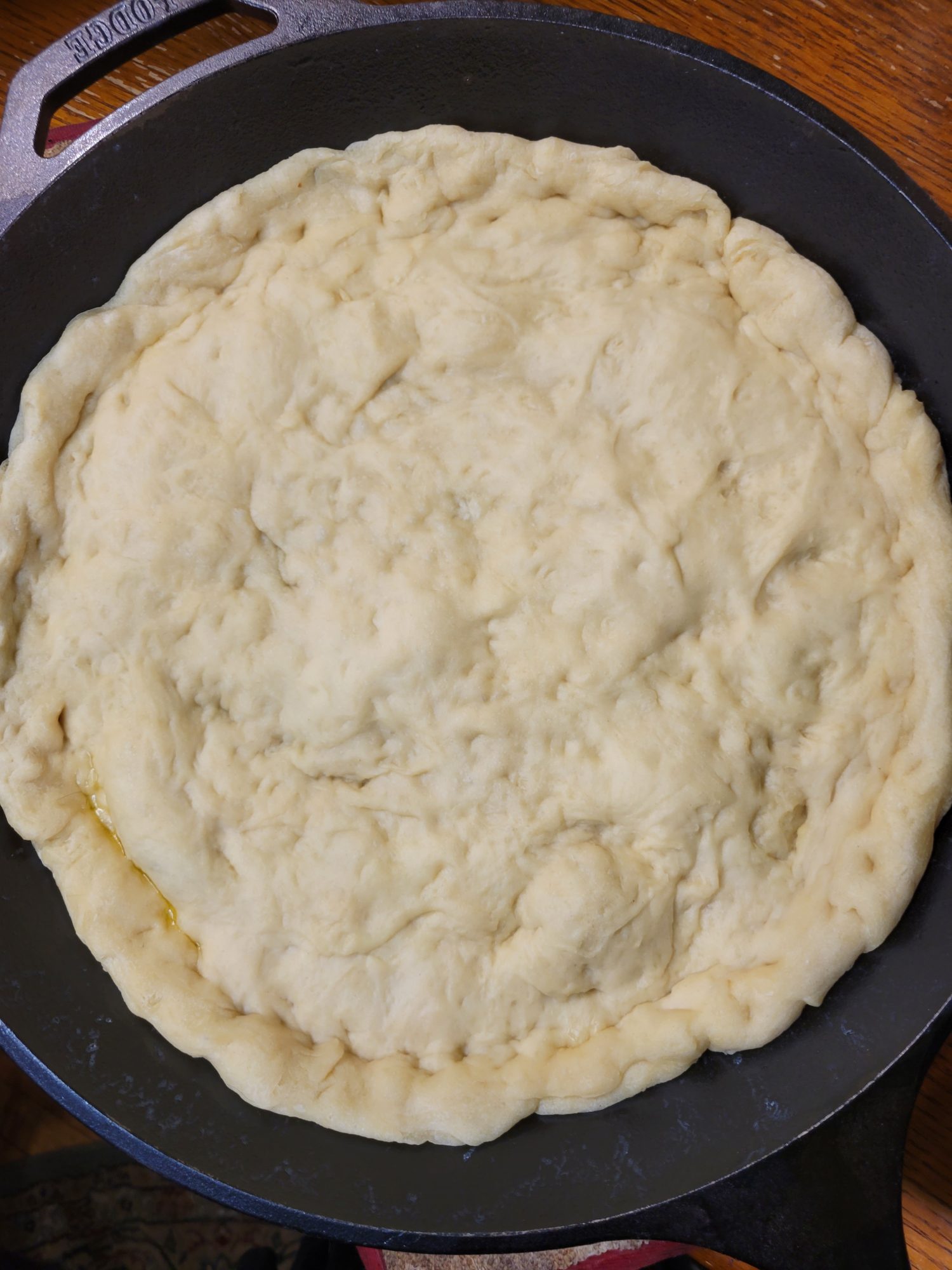
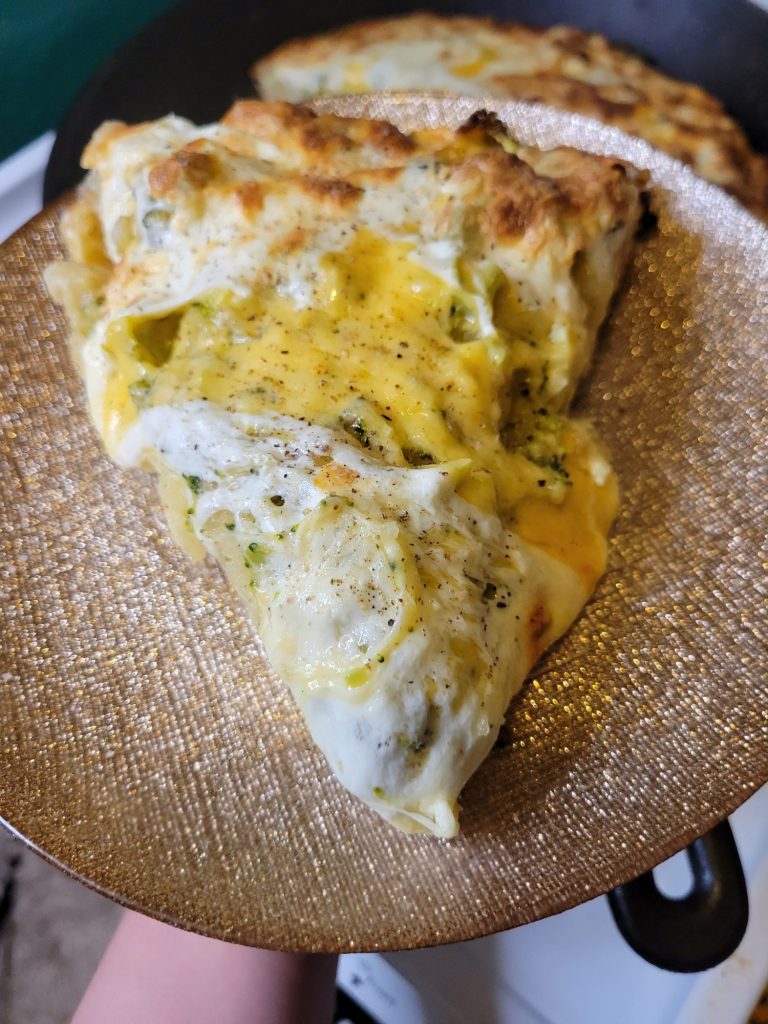



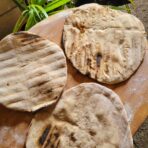
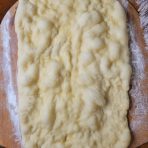

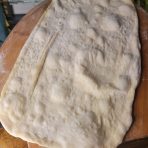

Leave a Reply